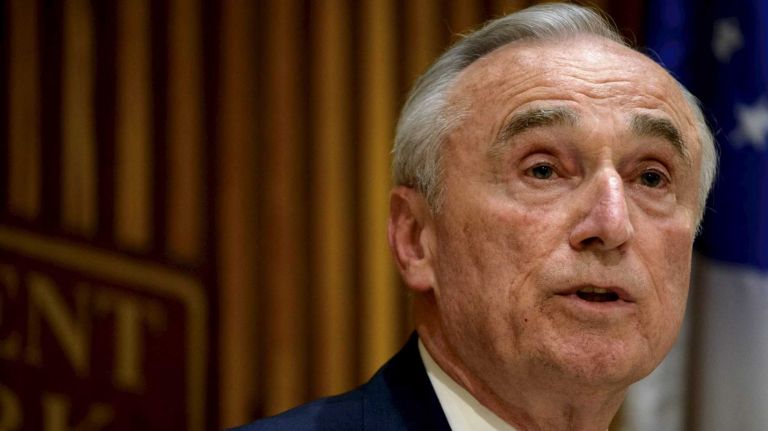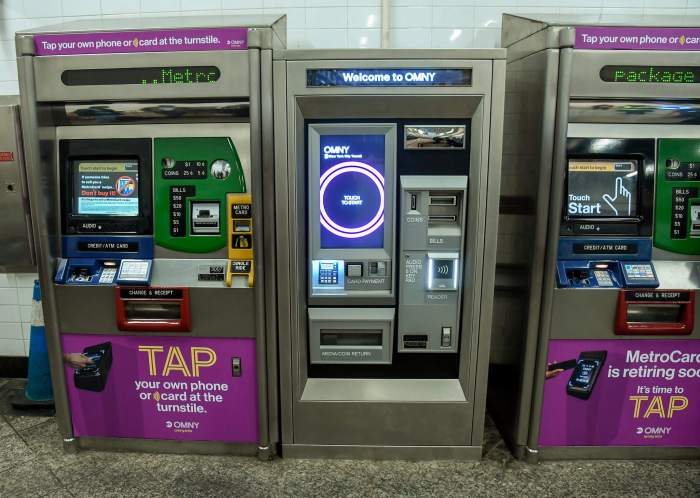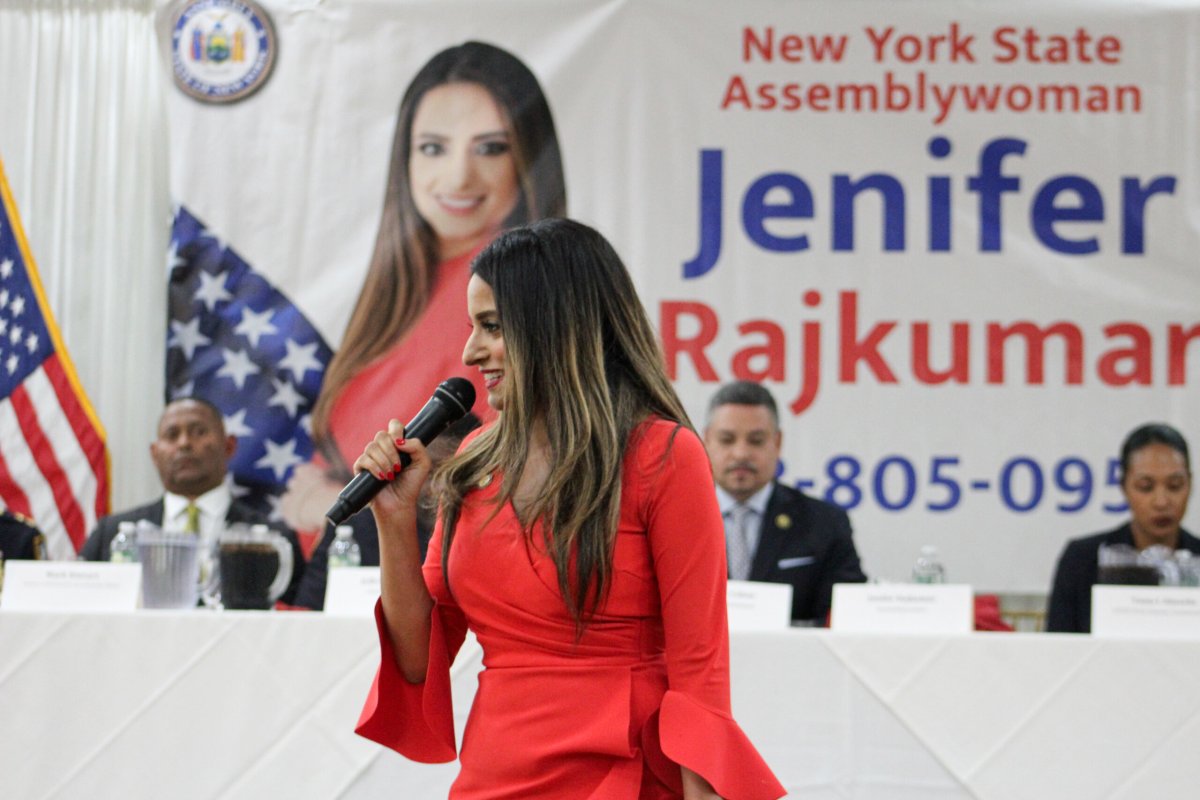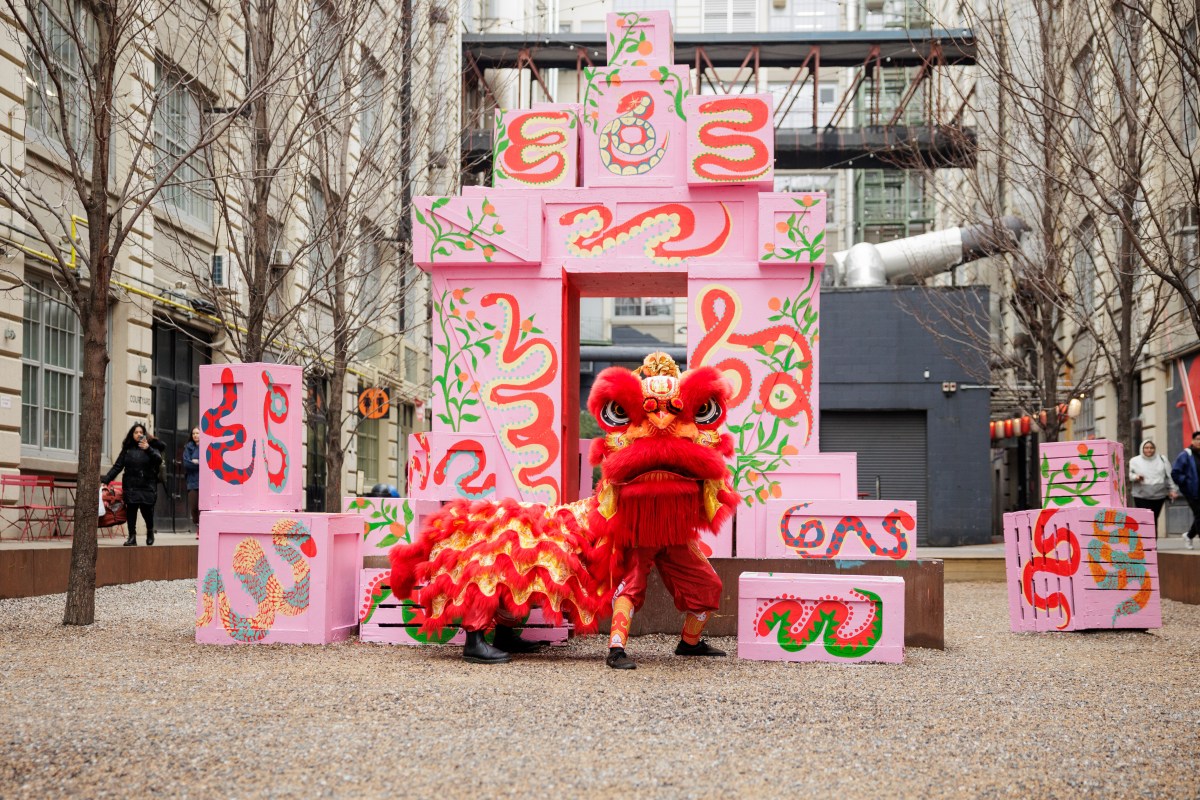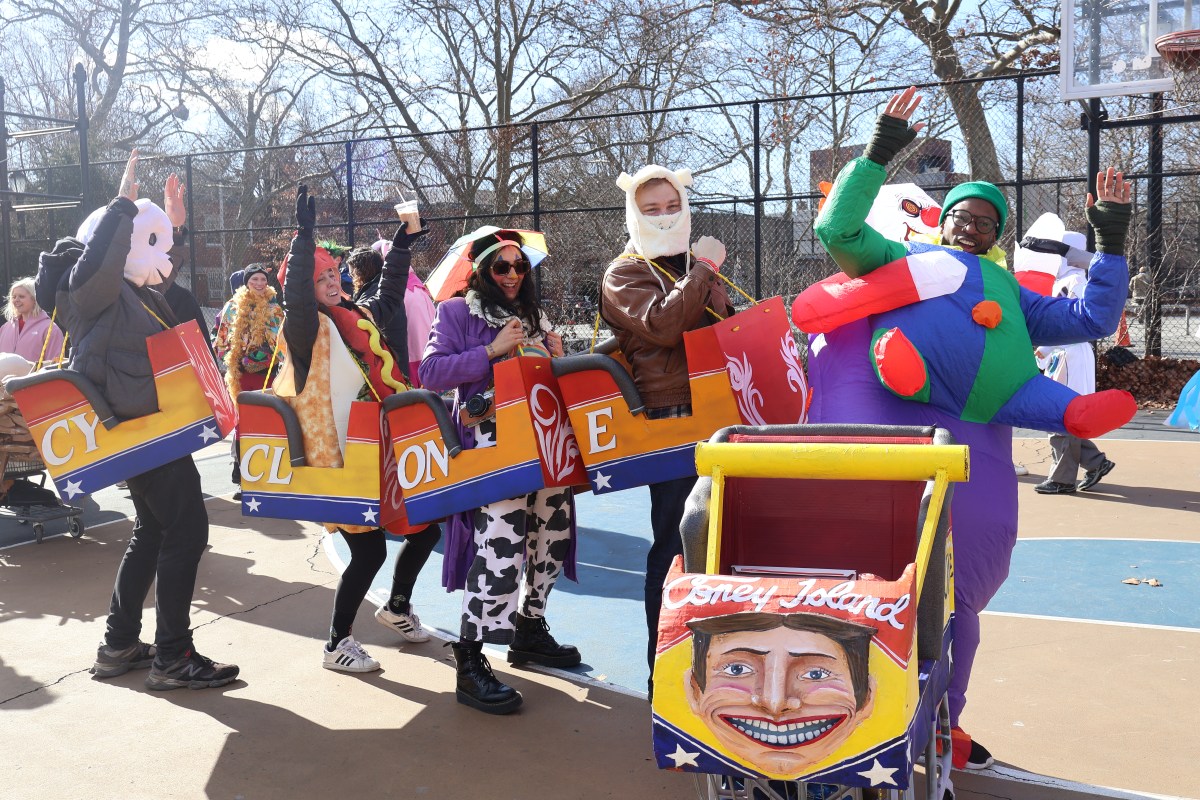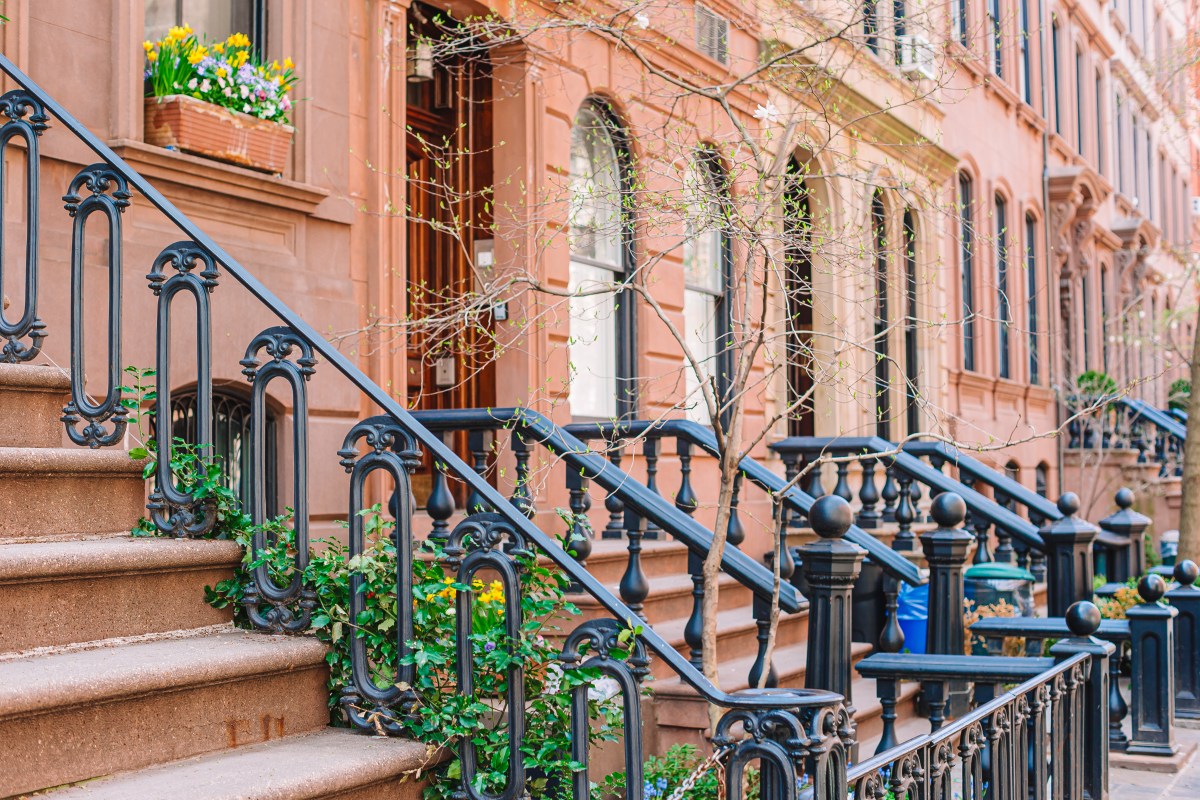
Now that Mayor Bill de Blasio is back from Washington, he’ll have a lot of important decisions to make.
Housing advocates aren’t sold on his overall affordable housing plan. NYCHA residents have been rallying to get the city to commit $100 million a year for public housing. And there’s the weeks-long student demonstration at City Hall against the lack of sports programs at their high schools.
His biggest decision, however, may be whether to stand strong and not include the extra cops in the 2016 budget as some city council members and NYPD Commissioner Bill Bratton have advocated.
Notably absent from de Blasio’s “Progressive Contract with America” unveiling in Washington last week were any police reforms.
Eyebrows were raised among many of his supporters when he chose Bratton, long identified with aggressive policing, to be his top cop. Bratton’s broken windows policy, the controversial policing associated with the death of Eric Garner in Staten Island and racially skewed arrests and ticketing patterns, hasn’t given city progressives much comfort either.
What will de Blasio’s legacy be on policing? His Tale of Two Cities-themed campaigned relied heavily on the promise to rein in a police department that for years had overplayed its hand in communities of color. And New York, the biggest platform in America, has all eyes on it.
The NYPD, the biggest police department in America with over 34,000 officers, doesn’t need 1,000 additional cops. It doesn’t even need 100 more. It needs to be fundamentally changed and, most important, it needs to be held accountable by the people it’s supposed to serve.
The City Council’s talk of “community policing” is a naked rebranding campaign that has little to do with reality. Bratton often mentions threats of terrorism, but that’s a slippery slope of fear that may have worked immediately after the 9/11 attacks but ignores how blanketed with surveillance the city has already become.
That won’t do.
A recent spate of shootings might give New Yorkers some cause for alarm. However, spikes in the shooting data may actually be a result of the recent ShotSpotter gunfire-detection system padding the stats. Two years ago, the Suffolk County Police Department released a report that found only 7 percent of shots registered by ShotSpotter were verifiable.
Still, overall crime has dropped dramatically across all major categories, including shootings, all while the department’s size has gone down from its peak head count of 41,000.
While a large urban city may never have perfect safety, NYC has become remarkably safer over the years for a variety of reasons. The NYPD likes to take credit for all of it but that’s simply not the case. It’s due to an international pattern of the last 20 years. The more pressing issue is the local and national epidemic of police brutality and discrimination. Throwing more cops to make us feel safe says, especially to those of us in low-income black and Latino neighborhoods, that our elected officials know few other ways to address our concerns. That isn’t progressive.
If the mayor wants to make a new deal, he should start here at home and it should include all sorts of investments that don’t have to come with a gun and a badge.
Josmar Trujillo is a trainer, writer and activist with the Coalition to End Broken Windows.



